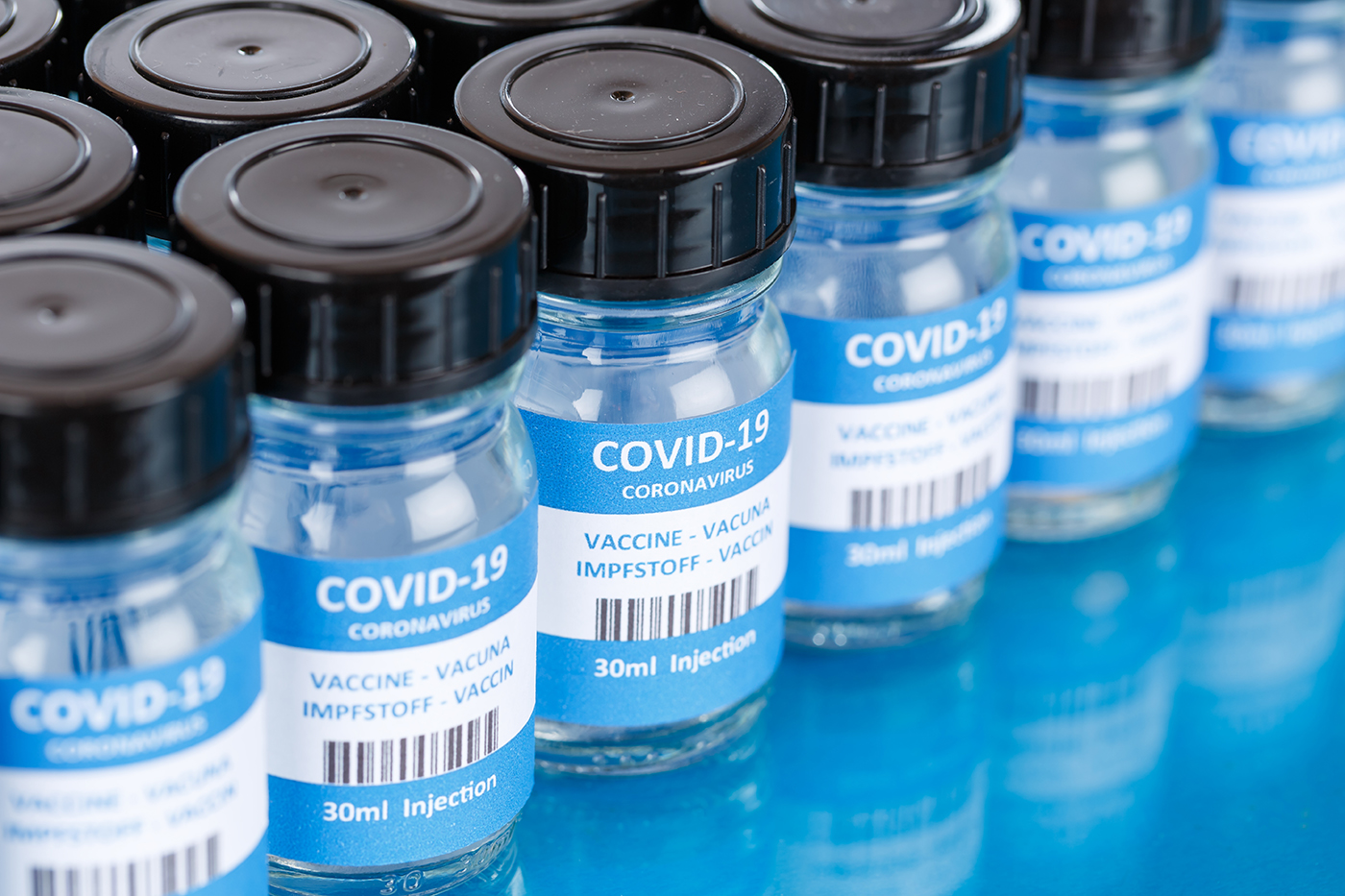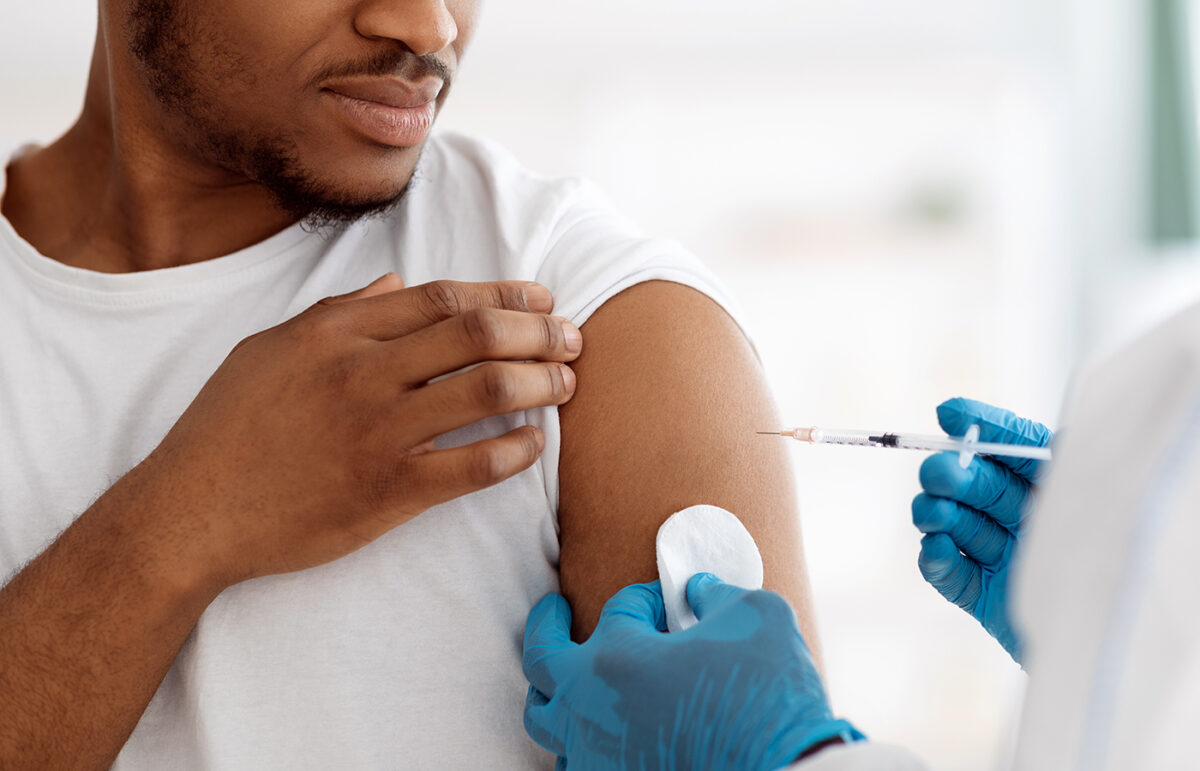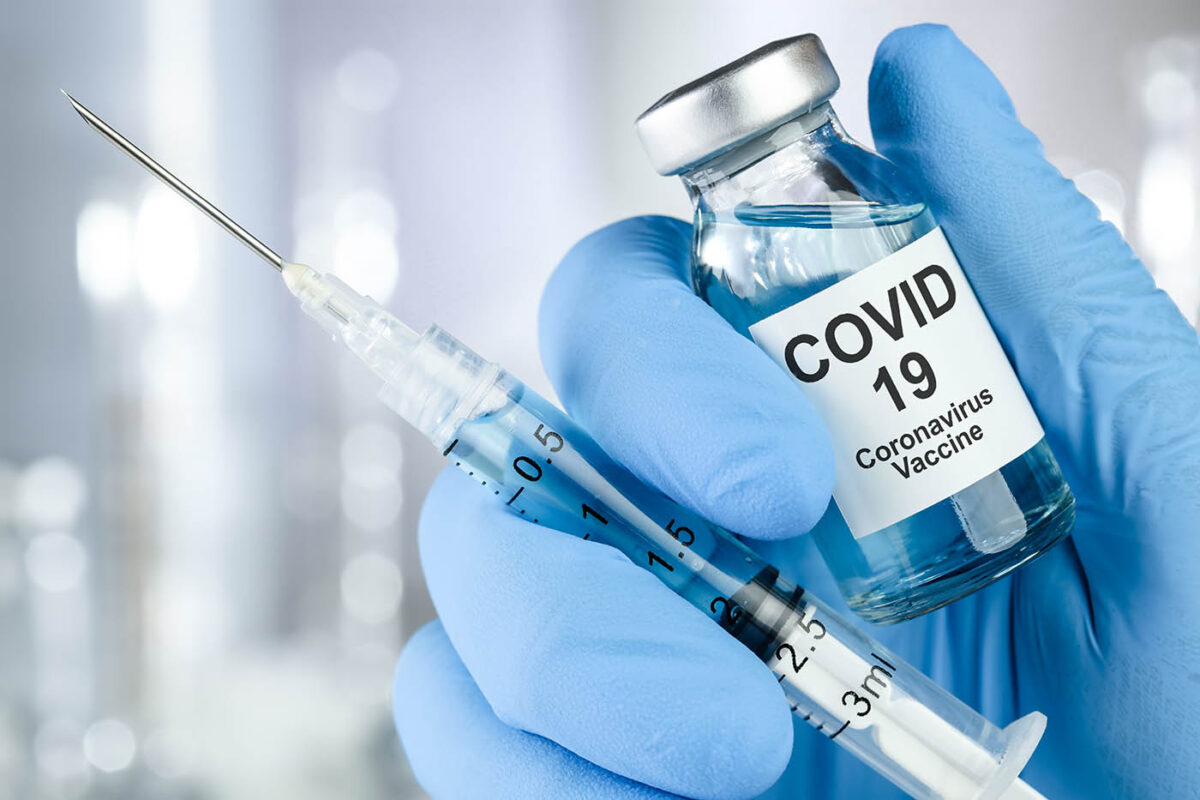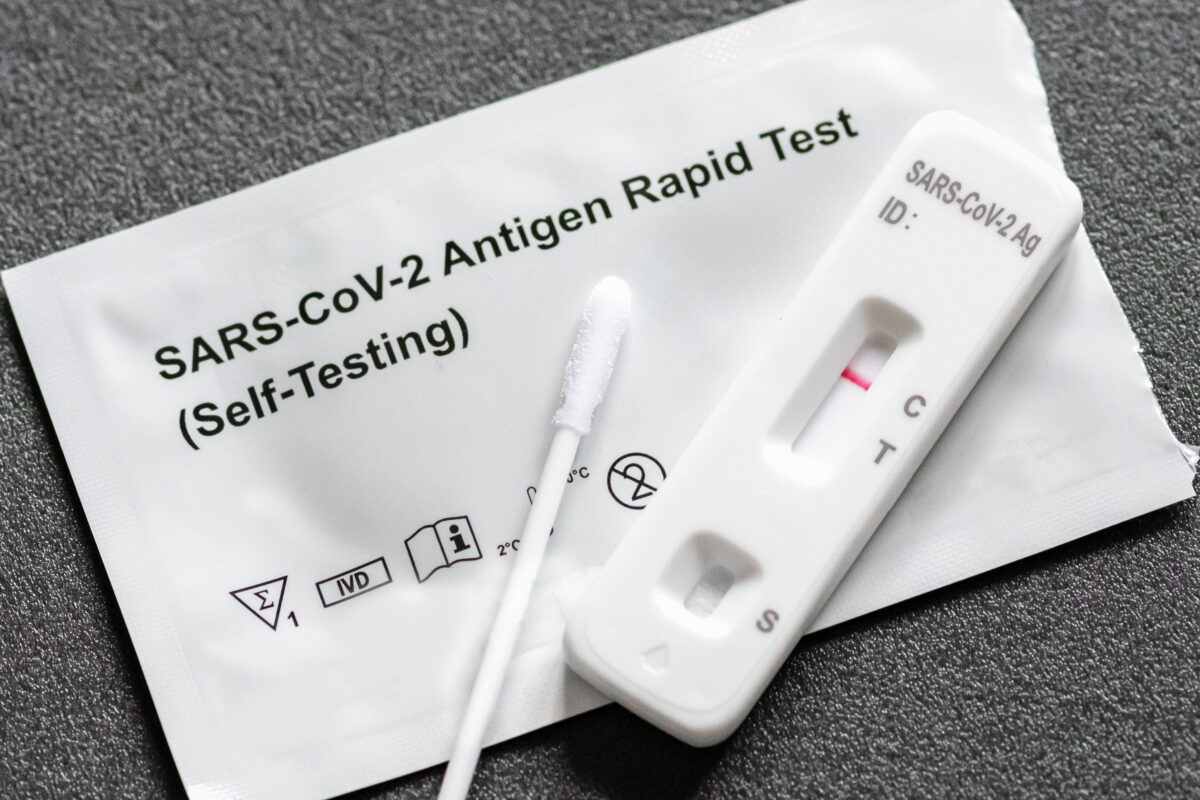
Authors
Jennifer Wessel, JD, MPH
Senior Policy Analyst and Data Privacy Officer
501-526-2244
JBWessel@achi.net
Elizabeth (Izzy) Montgomery, MPA
Policy Analyst
501-526-2244
efmontgomery@achi.net
(Originally published June 21, 2021)
Today (Aug. 23), the U.S. Food and Drug Administration (FDA) announced the full approval of the Pfizer-BioNTech COVID-19 vaccine for individuals aged 16 and older. Under the approval, the vaccine will now be marketed under the name “Comirnaty.” For individuals aged 12 to 15, the vaccine continues to be available through emergency use authorization.
This is welcome news as vaccine uptake continues to be a challenge in the United States. Polling has shown that one reason some have been hesitant to get vaccinated is because the vaccines were not yet fully approved for commercial use by the FDA.
Moderna has also initiated the process to receive full FDA approval for its COVID-19 vaccine, currently available in the U.S. under emergency use authorization granted by the FDA. Some have said they would be more likely to receive the vaccines if they had full FDA approval ― but is the process for full approval all that different from approval for an EUA?
The short answer is no. The vaccine development and clinical trial processes for both are essentially the same. No vaccine can receive either designation without meeting rigorous scientific standards for safety, effectiveness, and manufacturing quality.
A biologics license application, or BLA, is what is being described as “full approval.” The standard of review is the major difference between the BLA and EUA. For an EUA, the FDA must determine that the vaccine may be effective in preventing COVID-19; that the benefits outweigh the risks; and that there are no adequate, approved, and available alternatives. The standard of review is higher for a BLA, requiring the FDA to find substantial evidence of effectiveness.
An EUA may be issued by the FDA based on interim results from clinical trials, while a BLA requires completion of clinical trials. During the EUA period, the vaccine manufacturer must meet certain requirements such as reporting adverse events, submitting periodic safety reports, maintaining records regarding the distribution, and conducting post-authorization studies to continuously monitor the safety of the vaccines.
A vaccine manufacturer receiving full approval can introduce the vaccine into interstate commerce and market it for its approved uses for an indefinite length of time. An EUA is only in effect for the duration of the public health emergency. The U.S. Department of Health and Human Services secretary must give vaccine manufacturers sufficient notice that an emergency declaration will end, allowing enough time to appropriately dispose of the vaccine.
An EUA is not a long-term alternative to obtaining full FDA approval. For this reason, manufacturers whose vaccines receive EUAs are encouraged by the FDA to continue conducting clinical trials to demonstrate the effectiveness of the vaccines and continue safety assessments to work toward full approval.
Dr. Peter Marks, director of the FDA’s Center for Biologics Evaluation and Research, said in the FDA’s news release, “Our scientific and medical experts conducted an incredibly thorough and thoughtful evaluation of this vaccine. We evaluated scientific data and information included in hundreds of thousands of pages, conducted our own analyses of Comirnaty’s safety and effectiveness, and performed a detailed assessment of the manufacturing processes, including inspections of the manufacturing facilities.”
Acting FDA Commissioner Dr. Janet Wodcock said in the release, “While millions of people have already safely received COVID-19 vaccines, we recognize that for some, the FDA approval of a vaccine may now instill additional confidence to get vaccinated. Today’s milestone puts us one step closer to altering the course of this pandemic in the U.S.”






